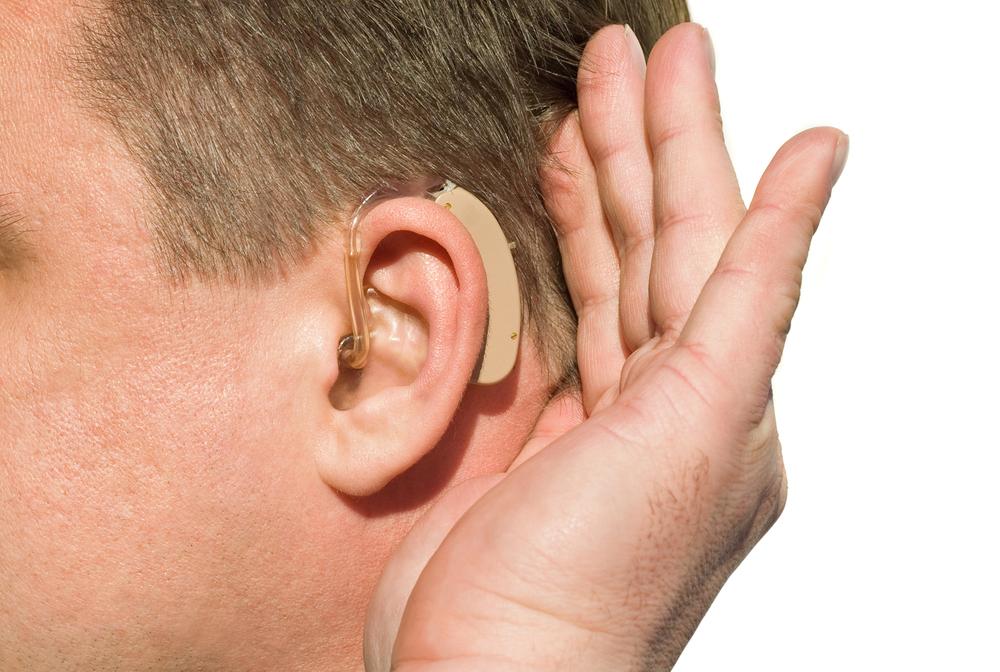Key Factors to Consider When Selecting a Hearing Device
Discover essential features to consider when choosing a hearing aid, such as telecoil, digital feedback suppression, and directional microphones. These features enhance sound clarity, reduce noise, and improve speech understanding. Tailor your selection to your hearing needs and lifestyle with expert advice to ensure optimal hearing aid performance.

Key Factors to Consider When Selecting a Hearing Device
Hearing loss affects many people across the country with varying degrees of severity. Hearing aids are essential tools for improving sound clarity and volume, making speech more understandable. Choosing the right device requires assessing the type of hearing impairment, manual dexterity, and daily lifestyle.
Below are three critical features to keep in mind when choosing a hearing aid.
Telecoil
A telecoil is a small copper coil built into some hearing aids. It connects users to compatible public address systems like those in theaters, taxis, museums, conference centers, and transit hubs when activated.
The telecoil picks up signals from these systems and converts them into sound. It creates a loop of wire around the area, transmitting audio directly to the hearing aid, greatly enhancing clarity for users with moderate to severe hearing loss. This feature improves speech comprehension by amplifying voices and minimizing background noise and echoes.
Digital Feedback Cancellation
This function, also known as feedback reduction, helps eliminate high-pitched whistling sounds often experienced in hearing aids. Most modern models incorporate this technology, though effectiveness may depend on proper fitting and usage.
Ensuring a good fit and placement reduces feedback. Digital feedback cancellation provides a more comfortable and clearer listening experience, especially for users with high-frequency hearing needs.
Directional Microphone
A directional microphone allows users to focus on sounds from the front while reducing noise from the sides and behind. This makes conversations easier in noisy environments. Many hearing aids automatically switch between omnidirectional and directional modes to optimize hearing in different settings.
Note:
Our blog offers insightful information on diverse topics, backed by detailed research. This content aims to inform rather than replace professional advice. External data accuracy cannot be guaranteed, and certain schemes or offers may not be included. Always seek guidance from an audiologist for tailored support.


